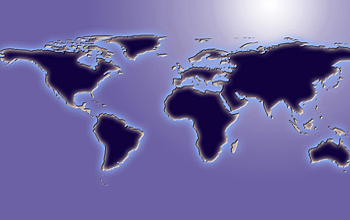All Images
News Release 08-197
Using Mathematical Models to Predict Global Migration
Mathematicians create a new approach to figure out who will move where in the 21st Century
This material is available primarily for archival purposes. Telephone numbers or other contact information may be out of date; please see current contact information at media contacts.

In the coming decades, millions of people will leave their home countries and settle elsewhere. Understanding the patterns of human migration will be crucial to global stability in the 21st century.
Credit: Jupiter Images
Joel E. Cohen of Rockefeller University and Columbia University discusses his work on developing mathematical models to predict human migration patterns. The growing pace of globalization has increased the level of human migration as individuals and families move from one country or continent to another in order to escape hardships or to seek a better future. The world's future stability will require the various countries who will lose and receive people to be prepared for this trend. In this interview, Cohen discusses how he and his colleagues tackled this problem by developing a sophisticated mathematical model that gives policy makers an better estimate of which countries and regions will face declining populations and which ones will grow as people move around the world. The United Nations and other agencies are interested in using this new approach, which is a departure from traditional population modeling and was supported by the National Science Foundation.
Credit: National Science Foundation/Rockefeller University


